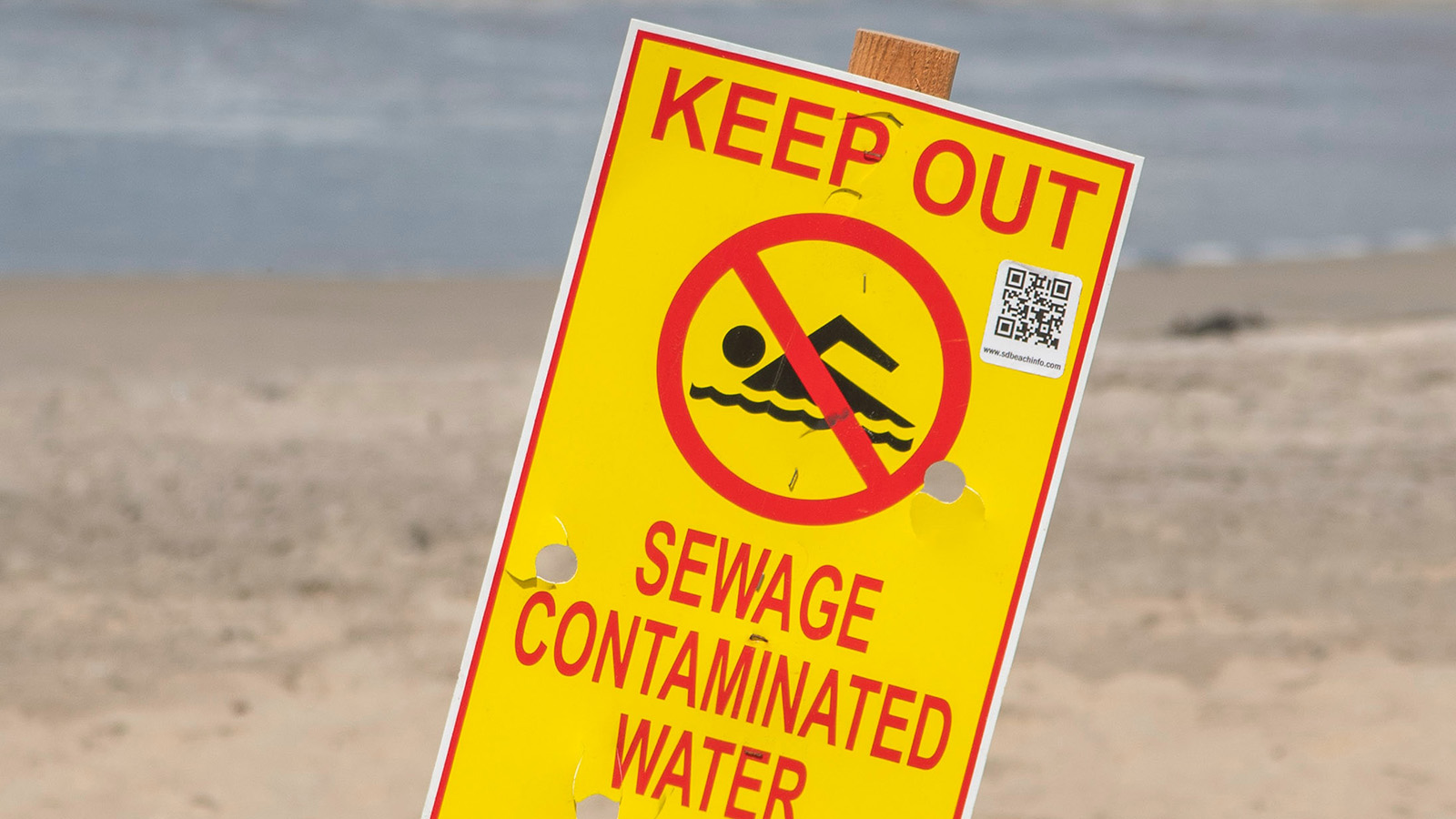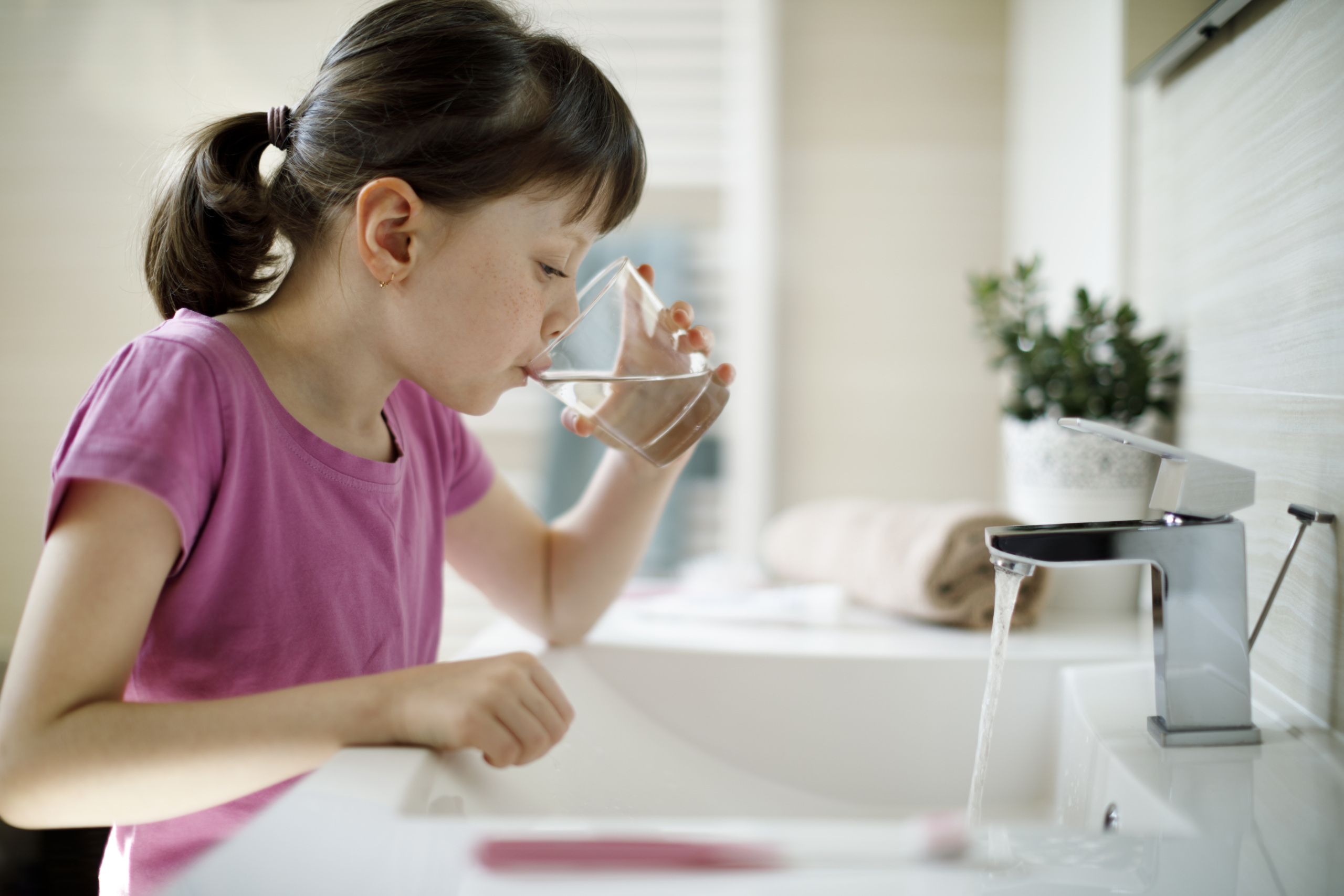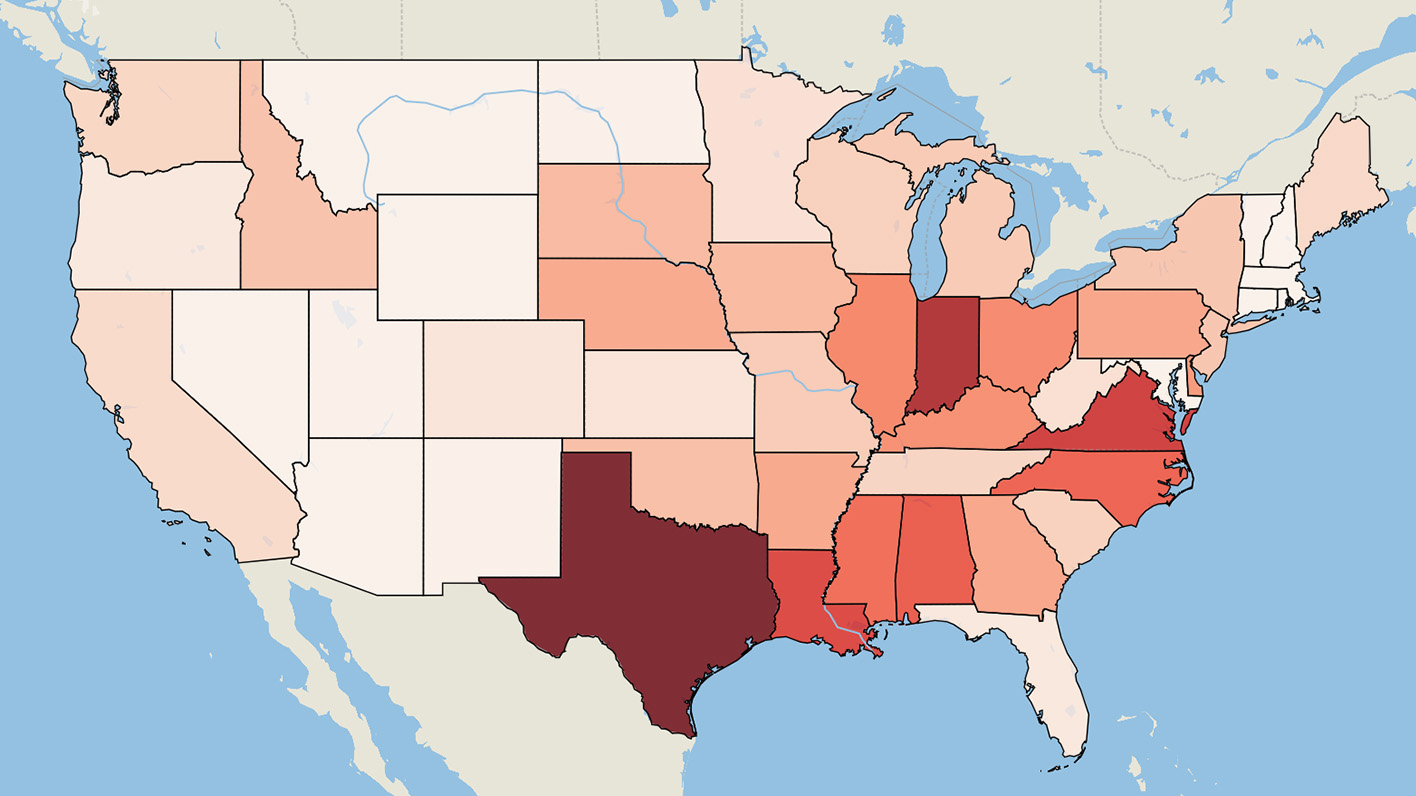
Microplastics in Oregon
A survey of waterways
To better understand the scope of the microplastic problem in Oregon, Environment Oregon sampled 30 of Oregon’s most iconic rivers, lakes, and urban waterways. Here's our report with the findings.
Downloads
Environment Oregon Research & Policy Center
Executive Summary
Plastic is everywhere and in everything. It’s used as packaging, it’s in food service products, and it’s in clothing. All told, Americans generate over 35 million tons of plastic waste every year, 90% of which is landfilled or incinerated.1 In fact, the U.S. throws out enough plastic every 16 hours to fill the Dallas Cowboys stadium, and that amount is increasing.2
Often when talking about plastic pollution, the images that come to mind are turtles snared in bags or straws, massive trash gyres in the Pacific Ocean, or whales washed ashore with hundreds of pounds of plastic waste in their stomachs. So it may not be surprising that studies found 59% of all seabird species had ingested plastic, with that number expected to rise to 99% by the year 2050.3
Studies have also estimated that by 2050 there will be more plastic in our oceans than fish.4
While the problem is global in scale, Oregon is facing the issue of plastic pollution directly. River cleanup events held on the Willamette River have found that 60% of the debris being removed is plastic.5 One organization alone removed 389 pickup beds’ worth of plastic from just the lower Willamette in one year, which is a fraction of the actual amount of plastic in the river.6 To make matters worse, more than 10,000 tons of plastic recycling were dumped into landfills in 2018, illustrating the state’s challenges with effective plastics waste management.7
However, litter alone doesn’t capture the full scope of our plastic pollution problem. Research suggests that we could be not counting 99% of the plastic that makes its way into the ocean.8 That’s because plastic doesn’t degrade in the environment like an apple or a piece of paper, instead it breaks into smaller and smaller pieces called microplastics. Microplastic is plastic less than 5mm in length, or smaller than a grain of rice.9 They’ve now been found in the deepest depths of the ocean and on the highest mountains in the world.10, 11 A report from Oregon Public Broadcasting suggests that more than 57 million microplastics pass through the Willamette in Portland each day on their way to the Pacific Ocean.12
A growing area of concern regarding our plastic waste is the environmental and public health threat posed by these microplastics. They are severe suffocation and starvation hazards to wildlife and have been found in our air, food, and bodies.13, 14, 15 Microplastics also attract pollutants that may already exist in the environment at trace levels, accumulating toxins like DDT & PCBs and delivering them to the wildlife that eat them, often bioaccumulating through the food chain.16
And microplastics don’t arrive in the environment from just one source. Plastic littered on roads, in streams, or in the ocean can release tons of microplastics, but plastic waste disposed of in landfills can also release microplastics into the environment through wind, rain, and landfill leachate.17 The burning of plastic or other waste can also create airborne microplastic particles.18 Microbeads from cosmetic and personal care products can enter the environment at their manufacture or through sinks and drains.19 Nurdles, the raw plastic feedstock that are used to make new plastic items, are lost by the millions every year.20 Synthetic materials, like those used in car tires, release microplastics onto roads that are swept into stormwater infrastructure.21
Clothing and other textiles are also a major source of microplastics. Fibers are one of the most commonly found types of microplastic and they’re sourced from synthetic and hybrid materials like fleece.22 Normal wear and tear will release microplastics into the air, and cleaning these textiles in a washing machine releases millions of microfibers into wastewater infrastructure that treatment plants are unable to fully filter out.21, 23
To better understand the scope of the microplastic problem in Oregon, Environment Oregon sampled 30 of Oregon’s most iconic rivers, lakes, and urban waterways. We found microplastics in 100% of our samples.
The project took samples from these waterways over the course of 2019 and tested them for four types of microplastic pollution:
- Fibers: primarily from clothing and textiles
- Fragments: primarily from harder plastics or plastic feedstock
- Film: primarily from bags and flexible plastic packaging
- Beads: primarily from facial scrubs and other cosmetic products.
The results were troubling. Of the 30 sites tested, 30 (100%) contained one or more type of microplastic:
- 30 sites (100%) contained fibers
- Six sites (20%) contained fragments
- 1 (3%) contained film, and microbeads were not found at any site.
An interactive map with the full findings and more photos can be found at https://bit.ly/microplasticsinOR.
It’s clear that the scope of plastic pollution in Oregon extends far beyond what was previously thought. Many of the waterways sampled had little to no visual litter at the point of access and have dedicated organizations and volunteers working diligently to regularly clean up litter and trash. Yet despite those efforts, Oregon’s most beloved waterways continue to be contaminated with plastic pollution.
In order to address the environmental crisis being caused by plastics, federal, state, and local leaders should implement the following policies:
1. Congress should pass bills like the federal Break Free From Plastic Pollution Act, which includes a strong national ban on single-use plastic bags, polystyrene and other polluting single-use plastic products.
2. The Oregon Legislature should ban the sale and use of single-use polystyrene (aka Styrofoam) takeout containers and cups, packing peanuts, coolers and other wasteful product packaging.
3. The Oregon Legislature and Congress should pass a full Extended Producer Responsibility Law that makes manufacturers responsible for dealing with the waste their products will become.
4. Communities and legislators should oppose measures that double down on the fossil fuel-to-plastic or plastic-to-fuel pipeline and that incentivize the creation of new plastic.
5. State and local governments should pass laws preventing overstock clothing from being sent to landfills so that clothing manufacturers and retailers stop producing more clothing than we could ever need.
6. Cities should develop green infrastructure and stormwater programs to help stem the tide of plastics and microplastics being washed into our waterways and greater environment.
7. Oregon should require filters on all new washing machines to prevent microplastics from ending up in our waterways.
Citations:
1. US EPA Office of Land and Emergency Management, “Advancing Sustainable Materials Management: 2017 Fact Sheet” United States Environmental Protection Agency, November 2019.
2. Adrian Pforzheimer and Alexander Truelove, “Break the Waste Cycle: Producer Responsibility Policies to Move the U.S. Toward Zero Waste” Environment Oregon Research and Policy Center, January 2021.
3. Chris Wilcox et al. “Threat of plastic pollution to seabirds is global, pervasive, and increasing” Proceedings of the National Academy of Sciences, Sept 22, 2015.
4. World Economic forum, “The New Plastics Economy: Rethinking the future of plastics” January 2016.
5. Travis Williams, “Willamette Riverkeeper Testimony In Support Of SB 582-1”, Oregon Legislature, February 22, 2021.
6. See note 5.
7. Oregon Zoo, “Plastic Pollution”, accessed May 7, 2021.
8. Rebecca Hersher, “The Atlantic Is Awash With Far More Plastic Than Previously Thought, Study Finds” National Public Radio, August 20, 2020.
9. NOAA, “What are microplastics?” National Oceanic and Atmospheric Administration. March 3, 2020.
10. Sarah Gibbens, “Plastic proliferates at the bottom of world’s deepest ocean trench” , National Geographic, May 13, 2019.
11. Damian Carrington, “Microplastic pollution found near summit of Mount Everest” The Guardian, November 20, 2020.
12. Jes Burns and Casandra Profita, “Hunt For Answers Shows Oregon Rivers Not Immune To Microplastic Pollution”, Oregon Public Broadcasting, July 30, 2019.
13. National Oceanic and Atmospheric Administration Marine Debris Program. “Occurrence and Health Effects of Anthropogenic Debris Ingested by Marine Organisms.” National Centers for Coastal Ocean Science: Center for Coastal Environmental Health and Biomolecular Research, NOAA Marine Debris Program Office of Response and Restoration. 2014.
14. NOAA, “What are microplastics?” National Oceanic and Atmospheric Administration. March 3, 2020.
15. Janice Brahney et al. “Plastic rain in protected areas of the United States” Science Vol. 368, Issue 6496, pp. 1257-1260. June 12, 2020.
16. Julie Anderson et al. “Microplastics in aquatic environments: Implications for Canadian ecosystems” Environmental Pollution Vol. 218, November 2016, Pages 269-280.
17. Robert C. Hale et al. “A Global Perspective on Microplastics” Journal of Geophysical Research: Oceans Vol. 125. January 06, 2020.
18. See note 17.
19. “Plastic Microbeads” The 5 Gyres Institute. 2020.
20. Julissa Treviño and Undark, “How the Plastic Particles Called Nurdles Pollute Oceans” The Atlantic. July 05 2019.
21. Rebecca Sutton et al. “Understanding Microplastic Levels, Pathways, and Transport in the San Francisco Bay Region” San Francisco Estuary Institute, October 2019.
22. Ellen MacArthur Foundation. “A new textiles economy: Redesigning fashion’s future.” 2017.
23. See note 22.
Topics
Find Out More


The Threat of “Forever Chemicals”

Who are the top toxic water polluters in your state?


